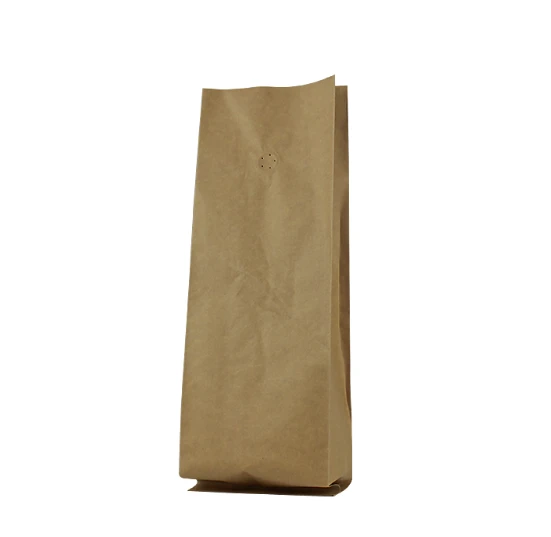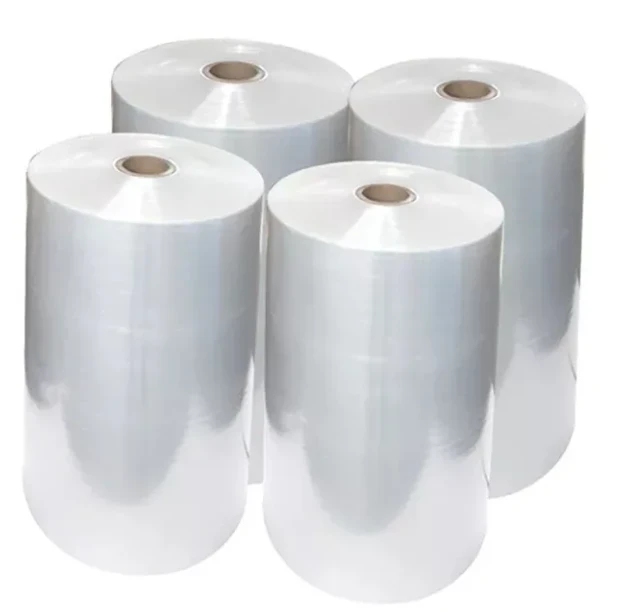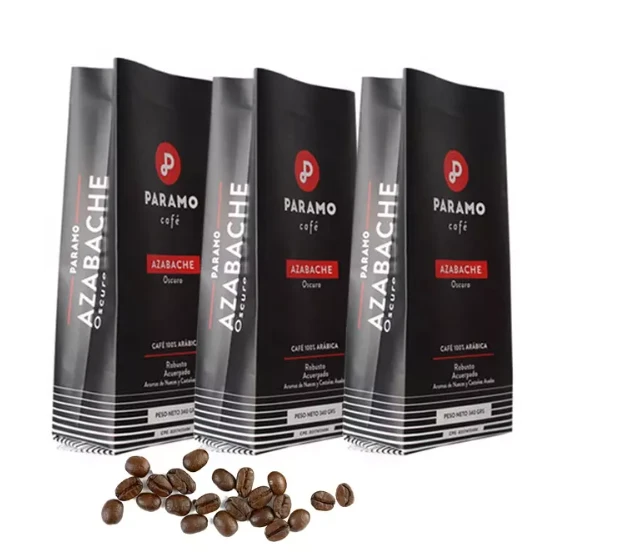- Afrikaans
- Albanian
- Amharic
- Arabic
- Armenian
- Azerbaijani
- Basque
- Belarusian
- Bengali
- Bosnian
- Bulgarian
- Catalan
- Cebuano
- chinese_simplified
- chinese_traditional
- Corsican
- Croatian
- Czech
- Danish
- Dutch
- English
- Esperanto
- Estonian
- Finnish
- French
- Frisian
- Galician
- Georgian
- German
- Greek
- Gujarati
- haitian_creole
- hausa
- hawaiian
- Hebrew
- Hindi
- Miao
- Hungarian
- Icelandic
- igbo
- Indonesian
- irish
- Italian
- Japanese
- Javanese
- Kannada
- kazakh
- Khmer
- Rwandese
- Korean
- Kurdish
- Kyrgyz
- Lao
- Latin
- Latvian
- Lithuanian
- Luxembourgish
- Macedonian
- Malgashi
- Malay
- Malayalam
- Maltese
- Maori
- Marathi
- Mongolian
- Myanmar
- Nepali
- Norwegian
- Norwegian
- Occitan
- Pashto
- Persian
- Polish
- Portuguese
- Punjabi
- Romanian
- Russian
- Samoan
- scottish-gaelic
- Serbian
- Sesotho
- Shona
- Sindhi
- Sinhala
- Slovak
- Slovenian
- Somali
- Spanish
- Sundanese
- Swahili
- Swedish
- Tagalog
- Tajik
- Tamil
- Tatar
- Telugu
- Thai
- Turkish
- Turkmen
- Ukrainian
- Urdu
- Uighur
- Uzbek
- Vietnamese
- Welsh
- Bantu
- Yiddish
- Yoruba
- Zulu
Creative Chocolate Wrapper Design Ideas for Stunning Packaging Solutions
The Art of Chocolate Packaging Design
Chocolate, a delightful treat cherished worldwide, is not just about its rich flavors and textures; its packaging plays a crucial role in shaping consumer perceptions and enhancing the overall experience. The art of chocolate packaging design combines aesthetics, functionality, and branding in a way that entices customers while preserving the product's integrity.
Creating a Visual Identity
One of the primary roles of packaging design is to create a visual identity for the chocolate brand. Packaging serves as the first point of contact between the consumer and the product, making it vital for brands to communicate their unique message through design. Colors, typography, and graphics are carefully selected to convey a sense of luxury, playfulness, or healthiness, depending on the target audience. For instance, dark, rich colors may evoke sophistication and indulgence, while vibrant, playful designs can appeal to younger consumers or families.
Many brands leverage storytelling through their packaging. This method often includes artistic illustrations that depict the origin of the chocolate, its ingredients, or even the artisans behind the product. Such narratives foster a connection with consumers, allowing them to feel more invested in the brand and the experience of consuming the chocolate.
Functionality and Sustainability
Beyond aesthetics, functionality is a critical aspect of chocolate packaging design. Packaging must protect the chocolate from external factors like light, moisture, and temperature fluctuations, which can compromise its quality. Materials such as foil, plastic, and paper each have unique properties that brands must consider when choosing their packaging solutions.
In recent years, sustainability has become a significant consideration in chocolate packaging design. As consumers grow more environmentally conscious, brands are increasingly adopting eco-friendly materials and practices. This shift challenges designers to create packaging that is not only visually appealing but also recyclable or biodegradable. For example, some brands use compostable films or recycled cardboard, while others focus on minimalistic designs that reduce waste.
chocolate packaging design

The Role of Innovation
Innovation in packaging design can set a chocolate brand apart in a crowded marketplace. This innovation might include unique shapes, interactive features, or multi-purpose designs. For example, chocolates encased in resealable bags or containers provide convenience for consumers who want to enjoy the product over several sessions without compromising freshness.
Additionally, brands often experiment with sensory experiences by incorporating textures and finishes in their packaging. Embossing or adding spot UV coating can create tactile elements that engage consumers on a deeper level. Such innovations not only enhance the visual appeal of the packaging but also create an emotional connection with the consumers.
Cultural Influence and Trends
Cultural influences significantly impact chocolate packaging design. Different cultures have varying expectations and preferences regarding packaging styles and branding. Designers need to be mindful of these cultural nuances to create packaging that resonates with their target markets. For instance, in some cultures, elaborate and decorative packaging may be favored, while others may prefer simplicity and minimalism.
Furthermore, staying on top of trends is essential for chocolate brands aiming to remain relevant. This can include adapting to seasonal themes, aligning with health trends by highlighting organic or low-sugar options, or even incorporating popular cultural motifs and art styles that appeal to contemporary consumers.
Conclusion
In conclusion, chocolate packaging design is a multifaceted discipline that blends art, functionality, and branding. It is more than just a protective cover; it is a powerful tool that communicates a brand's identity and values. As consumers become increasingly discerning and eco-conscious, the role of innovative, sustainable packaging will only grow in importance. For chocolate brands looking to succeed in a competitive landscape, investing in thoughtful and appealing packaging design is essential. Ultimately, the right packaging not only enhances the chocolate itself but also enriches the consumer experience, making every bite a moment to savor.













